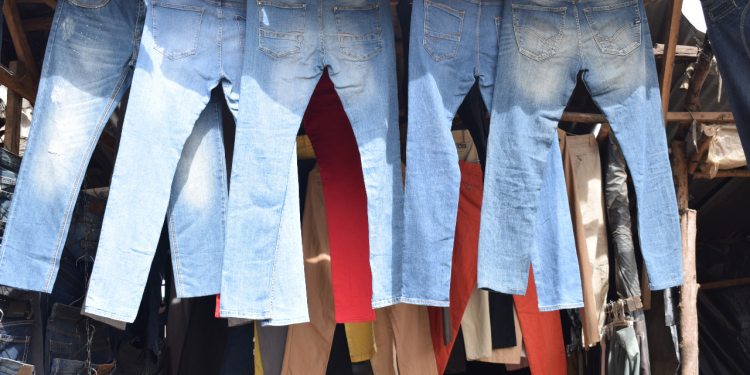Clothing forms the smallest part of spending, taking only 2.5% of private expenditure, compared to 6.4% allocated for housing and 44.8% for food and beverages out of the total private expenditure of Ksh 7.9 trillion annually. This amounts to an average expenditure of Ksh 4,150 per persona annually, leaving many to settle for affordable second-hand clothes.
Despite the little financial commitment towards clothing, most of the population still spends more money on new clothes. However, the expenditure varies across areas of residency. Data from the “State of Second-Hand Clothes and Footwear Trade in Kenya” report by the Institute of Economic Affairs (IEA) shows that 67.8% of households in urban areas spent less than Ksh 1000 on clothing compared to 79.2% in rural areas, in line with lower income in rural Kenya.
Similarly, rural and lower-income households spend less money on both new and second-hand clothes. The median value of spending for new purchases is Ksh 500 urban dwellers compared to Ksh 400 for rural dwellers. In contrast, the median expenditure on used-clothes is Ksh 300 for urban households and Ksh 250 for rural households.
The difference in expenditures towards both new and mitumba clothes between urban and rural households shows the different demand structures for new and second-hand clothes, with a diverse set of consumers for both categories. Both residencies prefer cheaper new and second-hand clothing, with the two markets complementing each other rather than substituting each other.
SEE ALSO: Kenya’s Second-hand Clothes Imports Contribute up to Ksh 12 Billion in Annual Taxes





